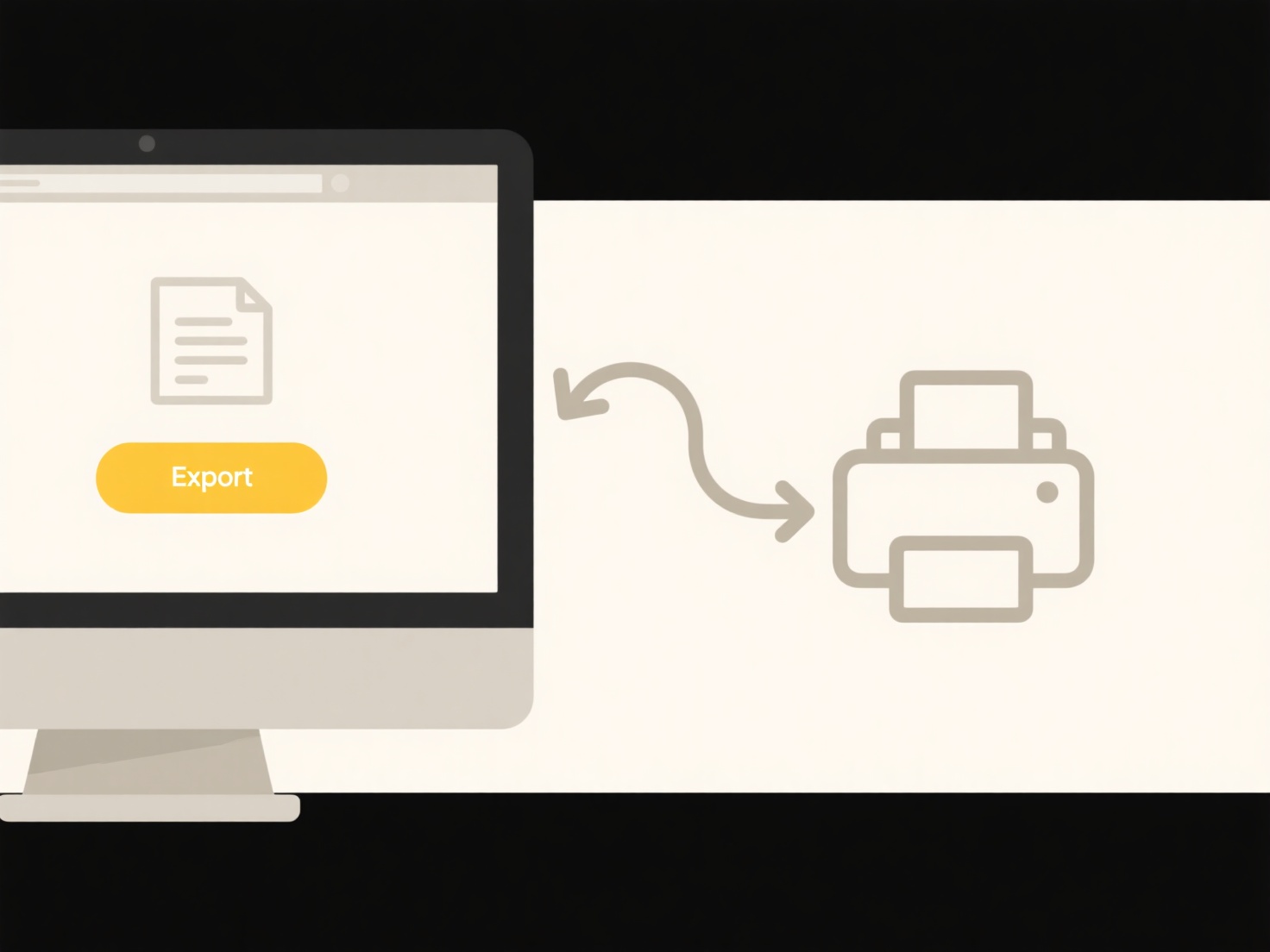
System files without extensions typically exist because they serve specialized functions where file-type identification relies on metadata or their fixed location within the operating system, rather than a visible suffix. Extensions like ".txt" or ".exe" primarily help users and applications identify file content. However, core operating system files, such as executable kernels, configuration scripts, and hardware drivers, often reside in protected directories, are executed by the system itself based on predefined rules or embedded identifiers, and stem from Unix-based traditions where extensions were less commonly used for executables.
For instance, crucial Linux/Unix configuration files like /etc/passwd (storing user account information) or /etc/hosts (mapping hostnames to IP addresses) typically lack extensions. Similarly, the primary Linux kernel executable is often named vmlinuz. While many critical Windows system files do have extensions (like .dll or .sys), some components, particularly within the System32 directory like the kernel itself (ntoskrnl.exe, though visible with extension, protected folders sometimes obscure it) or memory dumps like pagefile.sys, appear in contexts where the OS inherently knows their purpose without needing the user to interpret an extension.

This design enhances security by reducing the risk of accidental deletion or modification and streamlines internal system operations. However, it can obscure file functions for less experienced users and complicate troubleshooting. There's an ethical balance between system transparency and robustness: while hiding extensions protects critical infrastructure, it can create confusion. This approach is fundamental to system integrity but remains consistent primarily within OS core components, while user applications heavily rely on extensions.
Why do some system files have no extensions?
System files without extensions typically exist because they serve specialized functions where file-type identification relies on metadata or their fixed location within the operating system, rather than a visible suffix. Extensions like ".txt" or ".exe" primarily help users and applications identify file content. However, core operating system files, such as executable kernels, configuration scripts, and hardware drivers, often reside in protected directories, are executed by the system itself based on predefined rules or embedded identifiers, and stem from Unix-based traditions where extensions were less commonly used for executables.
For instance, crucial Linux/Unix configuration files like /etc/passwd (storing user account information) or /etc/hosts (mapping hostnames to IP addresses) typically lack extensions. Similarly, the primary Linux kernel executable is often named vmlinuz. While many critical Windows system files do have extensions (like .dll or .sys), some components, particularly within the System32 directory like the kernel itself (ntoskrnl.exe, though visible with extension, protected folders sometimes obscure it) or memory dumps like pagefile.sys, appear in contexts where the OS inherently knows their purpose without needing the user to interpret an extension.

This design enhances security by reducing the risk of accidental deletion or modification and streamlines internal system operations. However, it can obscure file functions for less experienced users and complicate troubleshooting. There's an ethical balance between system transparency and robustness: while hiding extensions protects critical infrastructure, it can create confusion. This approach is fundamental to system integrity but remains consistent primarily within OS core components, while user applications heavily rely on extensions.
Related Recommendations
Quick Article Links
How do I manage scanned receipts or invoices?
Managing scanned receipts and invoices involves converting these paper documents into digital images using a scanner or ...
Can I use spaces in file names?
File names identify stored data on computers. Spaces can be included within the name, separating words for better human ...
How do I search using file metadata?
File metadata refers to descriptive information about a file, such as its name, creation date, modification date, file t...